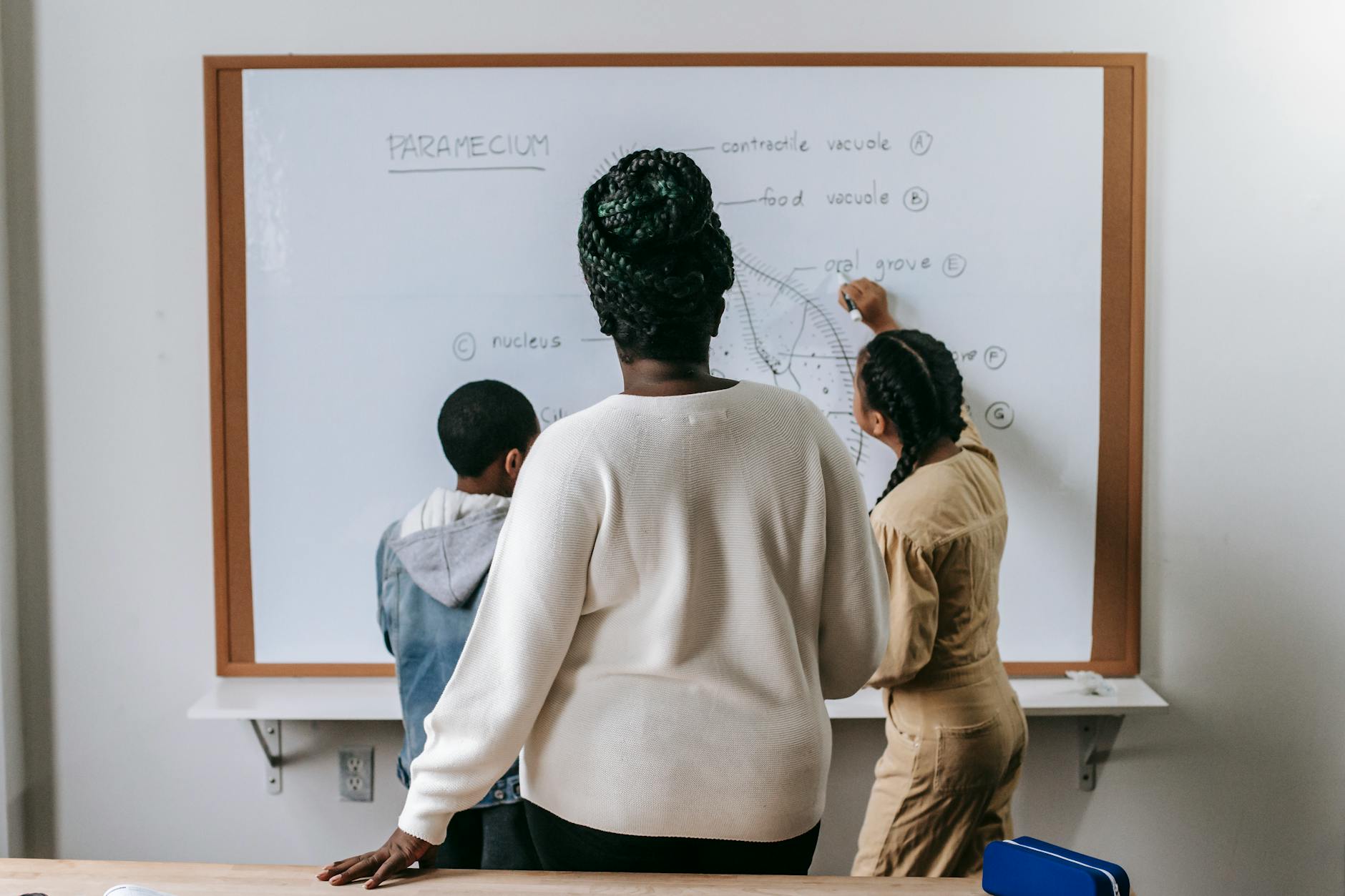Why Creative Initiatives are Key to Successful Teams in the United States Healthcare Industry

Understanding Creative Initiatives
Innovative team-building events are essential for fostering a positive work culture, especially when they're aligned with both strategic goals and the values of inclusivity and creativity. As someone who regularly navigates the bustling healthcare facilities in the Chicago Loop, I can attest to the transformative power of well-crafted activities creative team building activities. These initiatives not only break the monotony of daily routines but also reinforce teamwork and communication skills.
Incorporating psychological principles such as positive reinforcement and social facilitation can significantly amplify the impact of these activities. For instance, during networking events at McCormick Place, it's crucial to design experiences that cater to different cultural backgrounds, ensuring every participant feels valued and engaged. These events should promote mutual respect and enhance team cohesion.
The integration of virtual elements provides the flexibility needed in today's diverse workplaces. Exploring 10 virtual team building activities can provide you with innovative formats that boost interaction, even from afar. Over time, these experiences help nurture a team culture that embodies both camaraderie and efficiency, enhancing the overall performance.
In healthcare settings, where rapid decision-making can be a matter of life or death, these spring team building activities play a vital role in developing a resilient team. Empower your group by tapping into their potential, creating a dynamic environment where creativity thrives and professional relationships strengthen.
Boosting Team Engagement
Communication Enhancements
As a dedicated HR advisor, deeply immersed in the dynamics of the Chicago healthcare scene, I've often witnessed the critical role effective communication plays in team engagement. The bustling healthcare facilities in the Chicago Loop provide a diverse and vibrant environment, yet even these energetic teams benefit from structured activities designed to enhance interaction. I recommend incorporating funny team building activities into routines to break down communication barriers and foster a more open environment. For instance, activities like 'Two Truths and a Lie' can lighten the mood and encourage team members to share personal insights, strengthening the fabric of team cohesion.
Building Trust and Collaboration
Trust is at the heart of successful team dynamics. Incorporate good team activities that naturally build trust, such as problem-solving challenges that require joint efforts. Involving healthcare professionals in activities that mimic real-life scenarios can be particularly effective. For example, escape room scenarios set in clinical settings can prompt medical staff to rely on each other’s expertise, building trust as they navigate complex puzzles together.
Examples of Team Synergy
Reflecting on the healthcare seminars held at the University of Chicago's Gleacher Center, it's evident that team synergy often arises from engaging in shared learning experiences. Creating opportunities for teams to attend seminars or workshops together not only enhances their collective knowledge but also strengthens their connection. These experiences serve as a reminder of their united goal: improving patient care and outcomes within their healthcare facilities.
Designing Creative Initiatives
Ideation Techniques
In healthcare settings, creativity in designing initiatives is paramount, given the diverse needs and expectations present in a facility like those found in the bustling Chicago Loop. One effective technique for ideation involves brainstorming sessions where every member contributes ideas without immediate critique. This technique fosters an environment where online activities for team building can be interwoven with in-person opportunities, creating a versatile agenda that maintains engagement. Another technique is mind mapping, which visually organizes thoughts. This approach helps in identifying relationships between different concepts and is particularly useful when integrating cross-departmental insights.
Including Diverse Perspectives
Incorporating diverse perspectives is critical, especially in a multicultural environment. Hosting forums at venues like the Gleacher Center where team members can voice their suggestions promotes inclusivity, thus ensuring that creative initiatives align with varied cultural backgrounds. It’s beneficial to invite participants from different departments and hierarchical levels, reflecting the diverse microcosm of a global healthcare environment. This approach not only boosts morale but also leverages a broad range of expertise during the planning phase.
Evaluating Creative Success
Evaluating the success of creative initiatives involves a mix of quantitative and qualitative measures. Surveys and feedback forms, often distributed post-event, gauge participant satisfaction and applicability of the activities like software development team building activities designed for them. Moreover, observe the behavioral changes in team dynamics during subsequent tasks as a measure of real-world impact. These evaluations provide insights into the effectiveness of the initiatives and guide future improvements, ensuring sustained engagement and success.
Implementation Challenges
Anticipating Obstacles
When planning team-building events, it's crucial to foresee challenges that could obstruct the success of these activities. In the bustling environment of healthcare HR, especially in places like the Chicago Loop, our primary struggle often lies in accommodating diverse teams. To tackle these obstacles, I suggest employing adaptable team activity ideas that are culturally inclusive. Emphasizing flexible and inclusive activities ensures everyone feels connected and valued.
Adaptive Strategies
Crafting a strategy that can pivot in response to unexpected changes is essential. For Marcus Lee, an events coordinator, this could mean preparing backup plans for logistics or having virtual options ready if in-person gatherings are interrupted. Embracing a move it team building activity mentality, where activities are dynamic and responsive, can make your strategic plans more robust. This adaptive approach not only secures the success of events but also strengthens the trust within your team, as they see leadership prepared for any situation.
Overcoming Resistance
Resistance, whether from team members or external factors, can dampen the enthusiasm necessary for effective team-building. It's essential to address hesitations by highlighting the psychological and collaborative benefits of participating in events, and fostering an environment of open communication. Initiating dialogues about past successes helps underscore the value of these activities. Drawing from seminars held at locations like the Gleacher Center, an emphasis on the experiential learning these events offer can effectively counter resistance, making HR roles in organizations more impactful.
Best Practices
Continuous Innovation
In the fast-paced setting of healthcare facilities in the Chicago Loop, maintaining a culture of continuous innovation is key. To do this, we must integrate regular brainstorming sessions that foster an environment where every team member feels safe to share ideas. These sessions could take place at venues like the Gleacher Center, where a focus on fresh thinking is pivotal. Encouraging ongoing innovation training helps keep your teams sharp and adaptable, ready to tackle the ever-evolving challenges in healthcare.
Tailored Activities
One-size-fits-all approaches seldom work in the dynamic world of healthcare HR. Tailoring activities to fit the unique needs of your team is a must. Consider activities like bespoke stress management workshops or resilience-building exercises that align with your team’s specific dynamics. Hosting wellness days at local spaces such as those near McCormick Place can also help promote positive team spirits. Tailored interventions resonate more deeply and can significantly enhance morale and productivity.
Measuring Long-term Impact
Finally, to gauge the success of your creative initiatives, it’s crucial to measure their long-term impact. Implement mechanisms that evaluate both qualitative and quantitative outcomes. Surveys, staff turnover rates, and employee satisfaction metrics all offer valuable insights. By regularly assessing these indicators, we can refine our approaches, ensuring sustained team engagement and success. Engage with local experts and thought leaders in Chicago to stay ahead of the curve in healthcare HR innovation.


